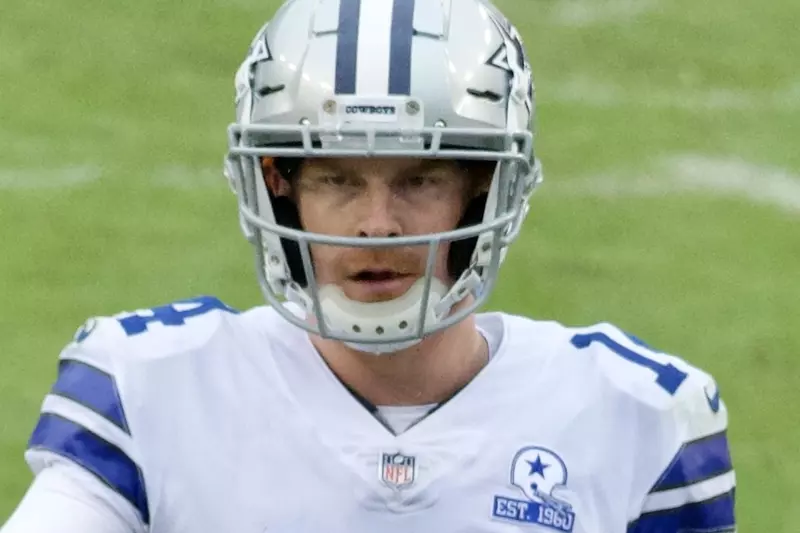- AdventHealth

On October 25, the Dallas Cowboys announced that quarterback Andy Dalton was experiencing “concussion-like symptoms” following a loss to Washington. During the game, Washington linebacker Jon Bostic ran into Dalton, crushing his head/neck area. Dalton remained down when the play was over, and Bostic was ejected from the game.
The following day, Dalton was placed into the NFL’s concussion protocol and the team later announced Dalton wouldn’t be playing in their next game.
Concussion Protocol in the NFL
“It takes at least ten minutes to properly diagnose whether or not someone has a concussion,” says certified athletic trainer Michael Dougherty. Concussion-like symptoms can also have a delayed onset; when in doubt, sit them out. So while the Cowboys didn’t immediately say Dalton suffered a concussion, after a proper evaluation, it was concluded and announced to fans.
The severity of Dalton’s injury is yet to be determined. This is Dalton’s first recorded concussion, so it’s possible his recovery will be shorter than if he had multiple head injuries previously.
According to the NFL’s Return-To-Participation Protocol, their concussion protocol is reviewed annually to ensure it is most up-to-date with today’s standards. The NFL acknowledges that there is no set timeframe for a player to return to the field, because each player and concussion is different, so the recovery will vary.
As of July 2020, their protocol is:
- Rest and recovery: A player needs to return to "baseline level of signs and symptoms and neurological examination."
- Light aerobic exercise: Light cardiovascular activity is monitored to see if any concussion symptoms recur.
- Continued aerobic exercise and introduction of strength training: Again, a trainer will supervise to watch for recurring symptoms.
- Football specific activities: Players will participate in non-contact football activities, typically for a full practice.
- Full football activity/clearance: A player participates without restriction in practice with allowed contact.
Jerry Jones, owner of the Cowboys, said Dalton “should be good to go next week,” so perhaps we will be seeing in back on the field in no time — as soon as he’s cleared by the NFL.
Concussion Symptoms
After a concussion, it can be very difficult to concentrate, and cognitive and motor functions may be damaged. For a mild concussion, the healing process can take 10 days or more, and a severe concussion can take significantly longer.
For children, sports injuries can cause much more of an impact. “Children are at a much higher risk of concussion because their brain is still developing and doesn’t fully mature until age 25,” explains Dougherty. “Their neck musculature also isn’t developed which makes sustaining a concussion that much easier.”
There’s currently a lot of discussion and debate about safety practices in children’s sports around topics like whether heading the ball should be allowed in children’s soccer, due to the chance of concussion. Some leagues already ban it for certain ages. These changes are similar to changes being made in other youth sports to make them safer, like having a maximum pitch count for baseball pitchers or banning checking in hockey.
At the AdventHealth Sports Concussion Program, we have specially trained concussion providers and therapists to help your child recover from their injury. Our Return to Learn program can assist your child in transitioning back to the classroom with minimal disruptions after a concussion and Return to Play ensures they’re healthy enough to return to competitive sports play.
To speak with a concussion specialist, call us at Call407-303-6136 or email [email protected].



